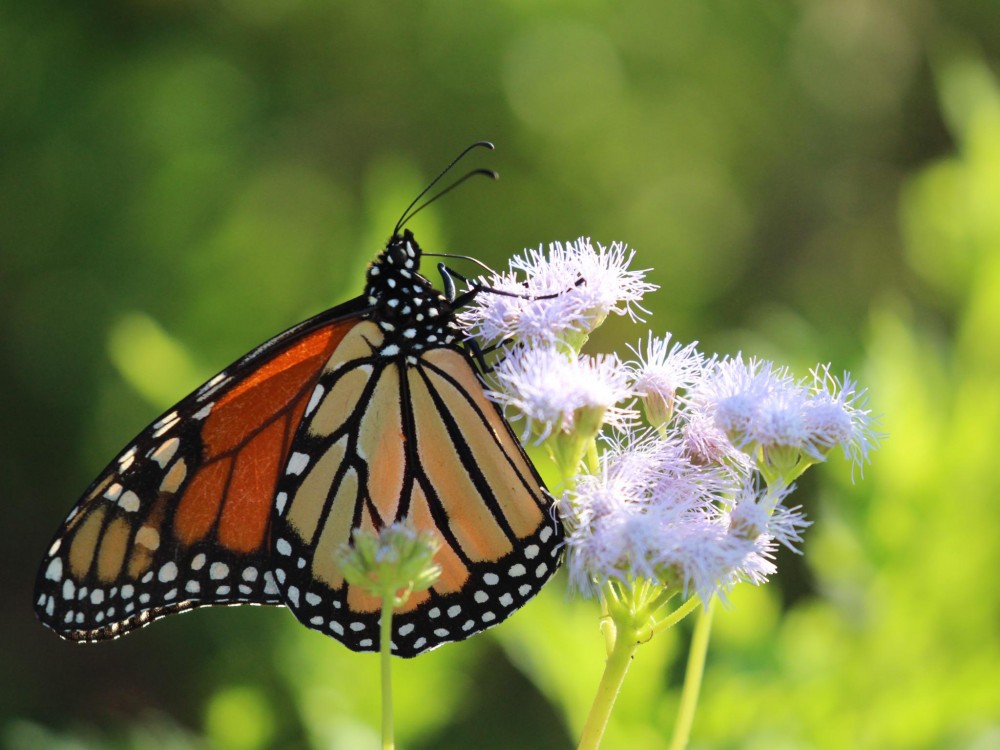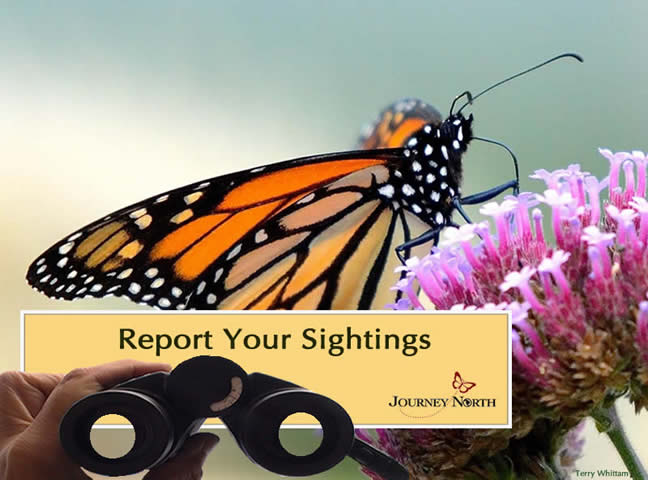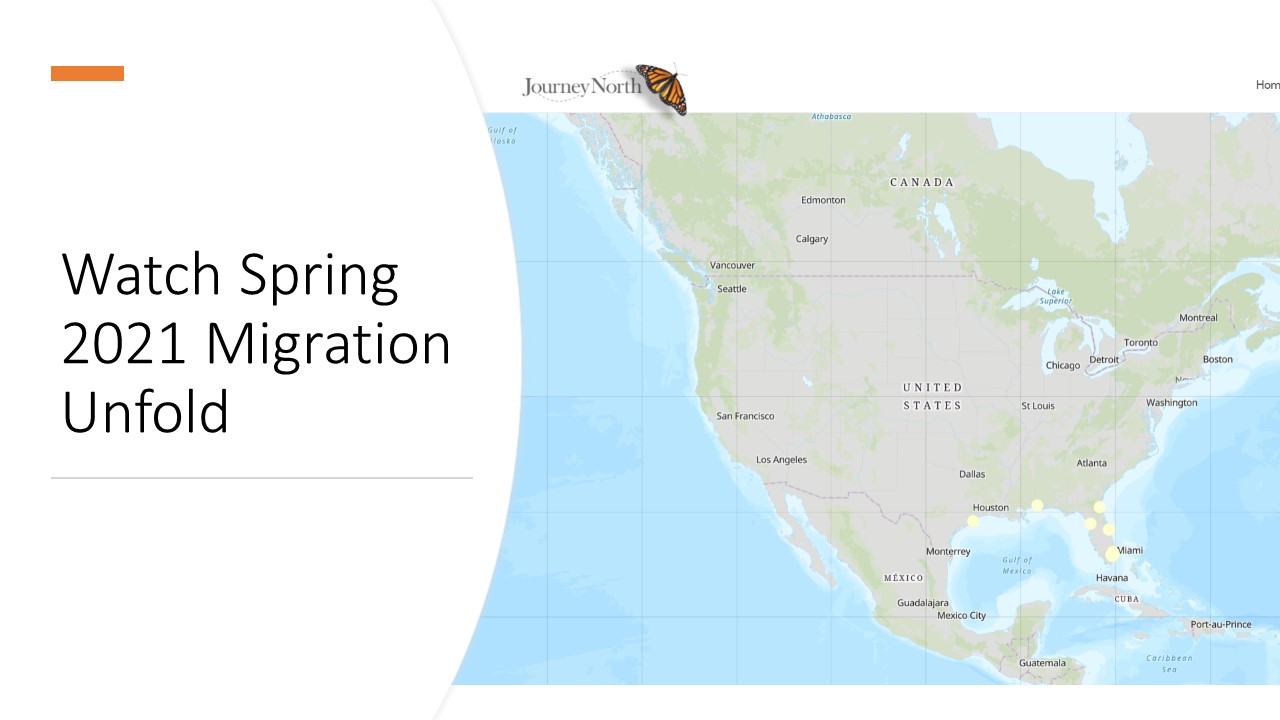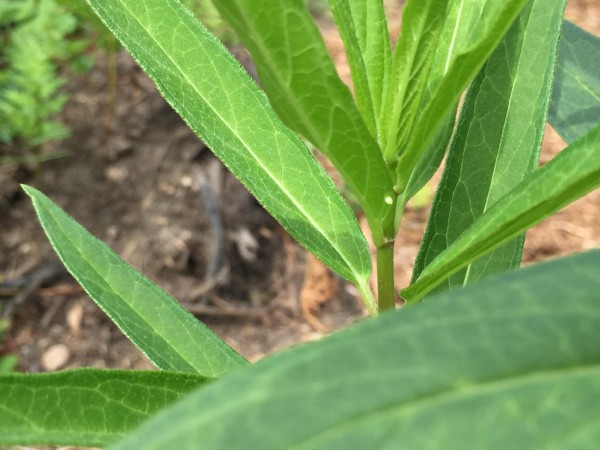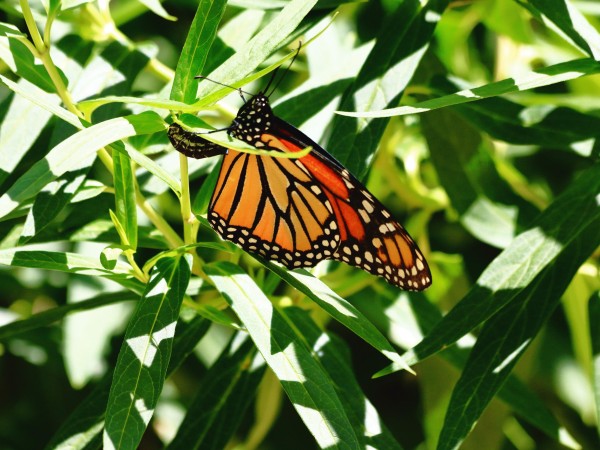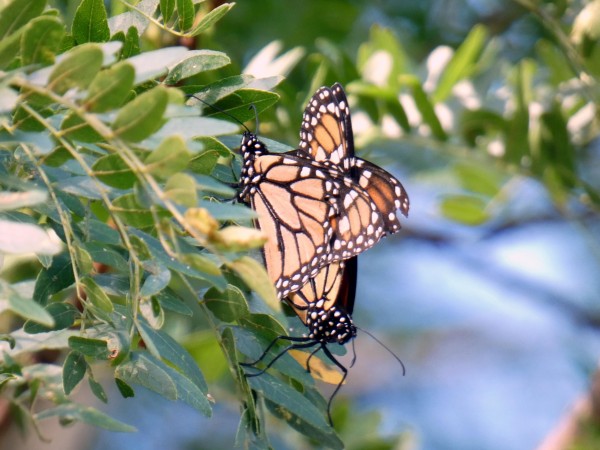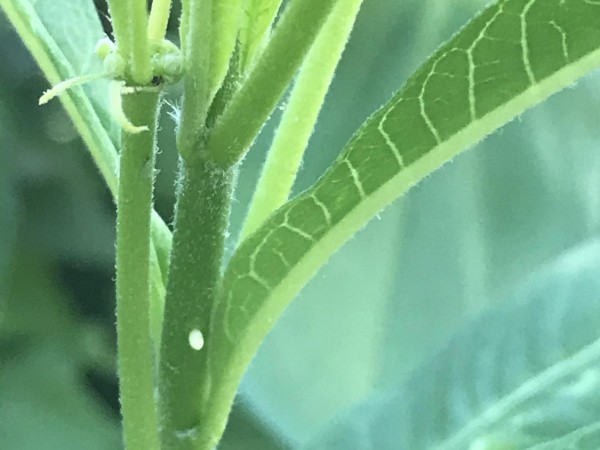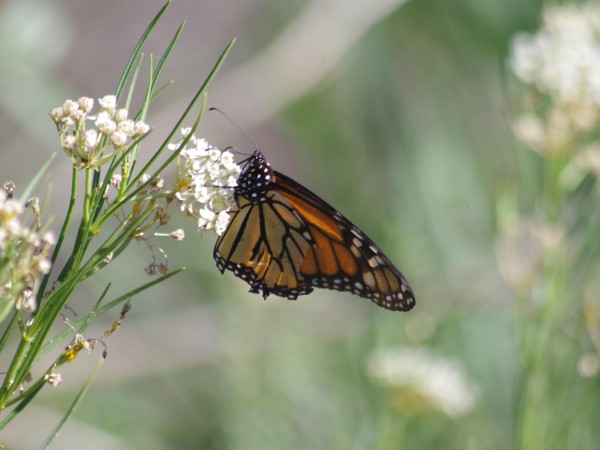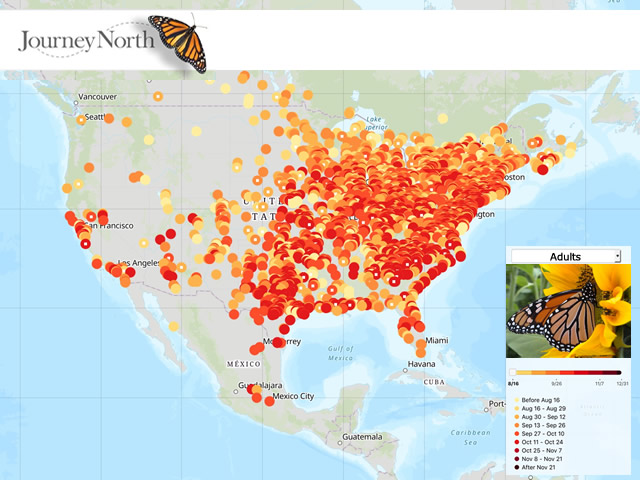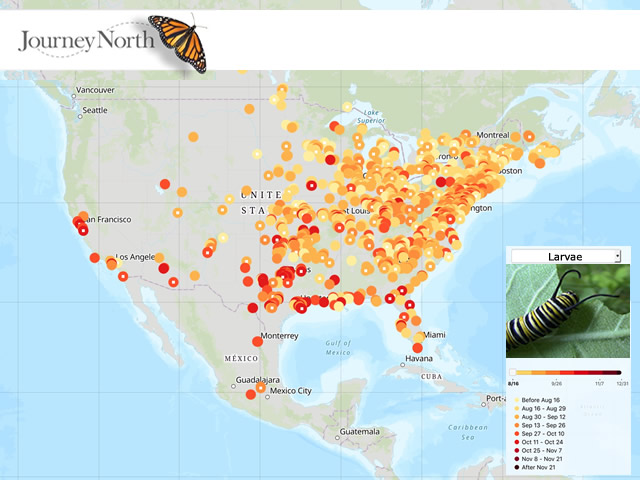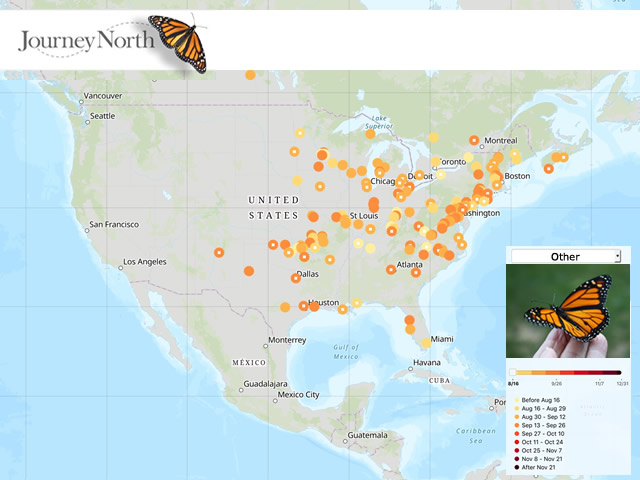Fall Migration Season is Here!
Monarch activity is ramping up as preparations for fall migration begin. Get ready and share your observations!
Multitasking Monarchs
Monarch activity is ramping up as preparations for fall migration begin. Journey North citizen scientists are reporting monarch breeding behavior and many observations of eggs, larvae, and nectaring adults. There have even been a few reports of fall roosts, a classic sign of fall migration. Has migration started? It is not unheard of to see fall roosts in mid-August. Each year is different. Data from previous years shows fall roosts being reported as early as August 11.
Sightings on the Ground
Eastern population:
Jaremy in Brownfield, ME: “Monarch female laying eggs on Butterfly, Swamp, and Common Milkweeds. First eggs here this year! I checked some plants but not all. I probably counted 15-20 eggs. There's probably more on the Common Milkweed plants that are in a field area to the side of the lawn. The picture is an egg on Swamp Milkweed. Sunny, light wind, about 80 degrees at the time.” (08/09/2020)
Gail in Rhein, SK: “Two days ago, had seen up to 4 monarch caterpillars on our milkweed - 1 almost fully grown, 3 smaller ones. Today, saw 2 of the smaller ones (and the remains of one which had been eaten, possibly by another insect or spider). The larger one might be making its chrysalis by now, hopefully.” (08/11/2020)
Terry in Owasso, OK: “One adult appearing to lay eggs on Swamp Milkweed.” (08/12/2020)
Kim in Washington Court House, OH: Kim spotted two “mating monarchs.” (08/13/2020)
Western population:
Jeff in Danville, CA: “Single female came into our garden late morning and was laying eggs on our three tropical milkweed plants." (08/03/2020)
Renee in Corrales NM: “A very tattered Monarch nectaring on horsetail milkweed.” (08/13/2020)
Three Signs of Migratory Monarchs
Migrating monarchs change both physiologically and behaviorally. Declining daylength triggers the monarch’s migratory state. Beginning in mid-August in the north, adults are in diapause when they emerge from the chrysalis. They are full grown but not reproductively mature. Their reproductive development is on pause. These monarchs will not complete development and begin to mate until next spring in Mexico. The hormone deficiency that leads to diapause also leads to increased longevity. Breeding monarchs live only 2-6 weeks; migratory monarchs live up to 8 months.
Watch for signs of migratory monarchs:
- Flying in directional flight
- Clustering in overnight roosts
- Nectaring intensely
When you see a monarch, we want to know. Please report your observations of monarch adults, eggs and larvae. Start now — and continue to report until you see your last monarchs of the season. Fall migration is here!
Fall Monarch Migration 2020
Please report all monarchs you see: Adults, Eggs & Larvae, Overnight Roosts, Peak Migration Events

